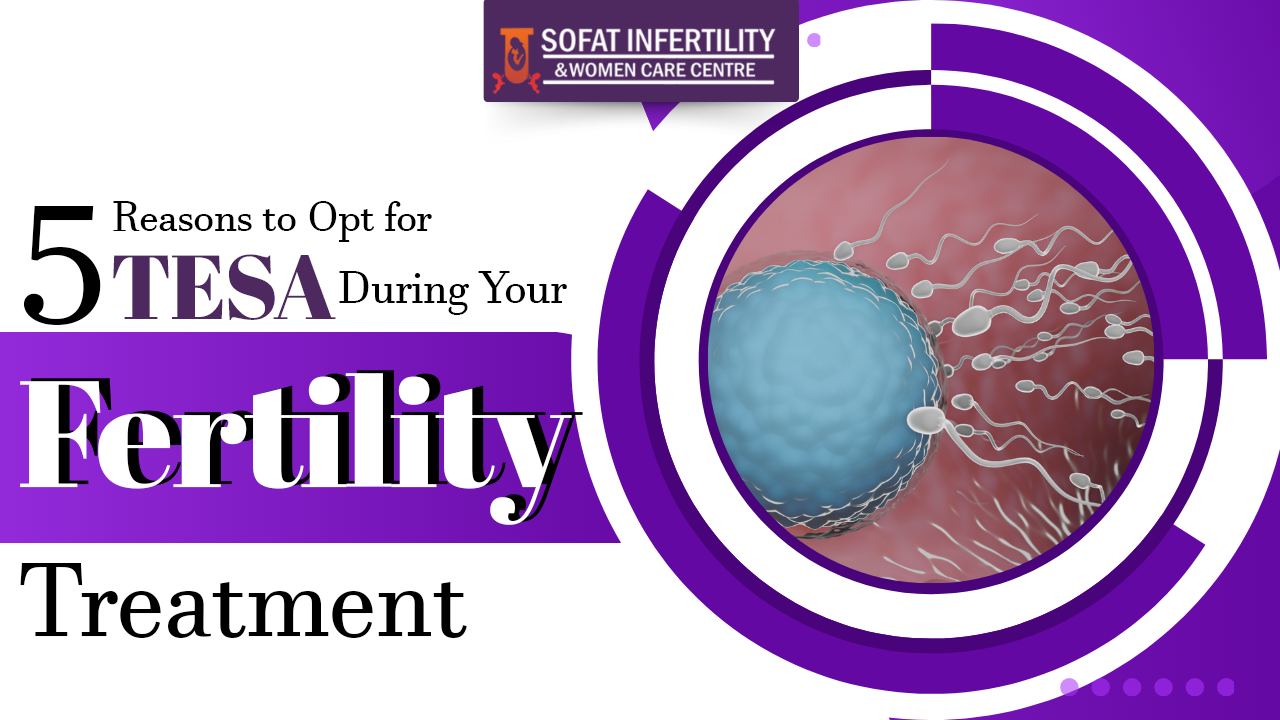
Tesa Rs. 15000
Sperm retrieval Techniques
Fertilization of a single egg done by a man’s sperm involves a race of numerous sperms among of which the winner is one who get inside the egg at first. The advanced infertility therapies ICSI and IVF have now made it easy to get a single sperm to fertilize an egg directly. Modern surgical sperm retrieval techniques followed in the Infertility Hospitals are blended with IVF also state that infertility problem can also be resolved caused by low quality sperms produced by a man.
A small sperm number is a chief cause of male infertility however if in fact a smallest count of sperm is present in his semen, they can be retrieved straight forward. Males who are unable to ejaculate any sperm due to damaged tubes in their testicles or any other genetic problem, they need a surgical sperm collection technique to enable ICSI to occur. The common IVF Reproductive Technologies of surgical sperm collection followed are percutaneous epidydimal sperm aspiration (PESA), microsurgical epidydimal sperm aspiration (MESA), Testicular Sperm Extraction (TESE) and testicular sperm aspiration (TESA). The kind of method utilized is based on the nature of issue in a husband that should be determined carefully. The tests are conducted prior conducting the surgical sperm collection procedure.
A man who doesn’t produce sperm is said to suffering from azoospermia that may be because of the blocked tubes that take sperms from the testicles where they are formed, exit to the penile organ while ejaculation. Disruptive azoospermia may occur due to testicle cancer due to which tumour obstructs the vas deferens. This kind of cancer usually occurs in young men and it can be treated completely. However it results into fertility therefore surgical sperm extraction is performed to receive sperms and store them prior the IVF in India.
Other causes of azoospermia are irregular cystic fibrosis gene that cannot be recognized by symptoms but males suffering with this disorder do not possess vas deferens. The surgical sperm retrieval is feasible however there is feasibility that embryos created after IVF will suffer from same genetic problem. The options used by IVF centres in India then are sperm donor, IUI, IVF or PGD done on embryo to choose one that carry the healthy genes in IVF Clinics in India.
Surgical sperm collection is a standard and proven method to follow if a sperm production problem is physical not genetic or if a couple wants to conceive after vasectomy of husband that cannot be undone. Sperm donor is the last option if sperm collection procedures do not work. Before accepting the donor, IVF HIV/Aids tests are conducted to determine the healthy state of donor in order to start the infertility treatment.
Surgical sperm extraction procedure is followed in Infertility in Punjab when the sperm release is obstructed in the vas deferens or vasectomy. Various standard techniques are available to be chosen to collect the sufficient count of sperms that keep inside the tests. Initial three techniques involve use of needles or tubes kept inside the tests and are taken out under anaesthesia. Last option involves surgical treatment conducted under the general anaesthesia.
TESA
TESA stands for testicular sperm aspiration under which a needle connected to a syringe is sent through the scrotum skin and simply receives the fluid inside the testicle.
PESA
PESA stands for percutaous epididymal sperm aspiration that involves the same needle and syringe technique however needle is directly kept into the epididymis.
Perc Biopsy
It stands for percutaneous biopsy of the testis which is similar to TESA procedure however it involves use of bigger needle almost 14 gauge to biopsy testicular tissue and it retrieves sperm count.
MESA
Microsurgical epididymal sperm aspiration or Microscopic Epididymal Sperm Aspiration. An open surgical sperm collection process that utilizes an operating microscopy to find the tubules of epididymis accurately hence several sperms are collected. Above are the proven sperm collection methods for IVF conceiving concepts to resolve the infertility problems among couples.
Latest Posts




